Condition Monitoring CardType CMC 16 200-530-025-014 • 16 individually configurable dynamic channels • 16 parallel programmable anti-aliasing filtersand ADCs • First 4 channels also configurable as tachoinputs • Last 12 channels also configurable as processvalues • VME architecture • Configurable Synchronous and Asynchronoussampling • High resolution 3200- line FFT • 10 fully configurable frequency bands perchannel • 6 configurable alarms per band with hysteresisdeadbands • Schedule, ‘on-alarm’ and ‘on exception’ basedlogging • Ethernet and Serial RS-485 communicationoptions • On-board buffer storage • Status indication by 3-colour LED on front panel • Live insertion removal of cards with automaticconfiguration DESCRIPTION The CMC 16 Condition Monitoring Card is the central element in Vibro-Meter’s VM 600 series ConditionMonitoring System (CMS).This intelligent front-end Data Acquisition Unit (DAU) is used in conjunction with the VM 600 CMS software toacquire, analyse and transmit results to a host computer via the VM 600 series CPU M module with Ethernetcontroller or directly via serial links.The inputs are fully programmable and can accept signals representing speed, phase reference, vibration(acceleration, velocity or displacement), dynamic pressure, airgap rotor and pole profile, any dynamic signals orany quasi-static signals. Signals can be input from adjacent Machinery Protection Cards (MPC 4) via the VM 600‘Raw Bus’ and ‘Tacho Bus’ or externally via the screw terminal connectors on the IOC 16T. The IOC 16T modulesalso afford signal conditioning and EMC protection and allow inputs to be routed to the CMC 16, which includes 16programmable tracked anti-aliasing filters, and Analogue-to-Digital Converters (ADC). On-board processorshandle all control of acquisition, conversion from time domain to frequency domain (Fast Fourier Transform), bandextraction, unit conversion, limit checking, and communication with the host system. VIBRO METER UVV696 VIBRATION PROCESSOR VIBRO METER UVL682 ABSOLUTE VIBRATION PROCESSOR VIBRO METER UVC752 Vibration Processor Module VIBRO METER VM600 VMF-RLC16 Relay Card Module VIBRO METER PLD772 254-774-010-024 Digital Display Module VIBRO METER VM600 MPC4 200-510-070-113 machinery protection card VIBRO METER VM600 RPS6U SIM-275A 200-582-500-013 Power Supply Module VIBRO METER VM600 IOC4T 200-560-000-111 machinery protection card VIBRO METER VM600 MPC4 200-510-071-113 Input/Output Card VIBRO METER VM600 CPU M 200-595-075-122 Machinery Protection Card VIBRO METER CMC16 200-530-025-014 Input/Output Card VIBRO METER VM600 CMC16 200-530-023-014/200-530-100-014 Power Supply Module VIBRO METER VM600 RPS6U SIM-275D-24 200-582-200-013 Input/Output Card
Read More
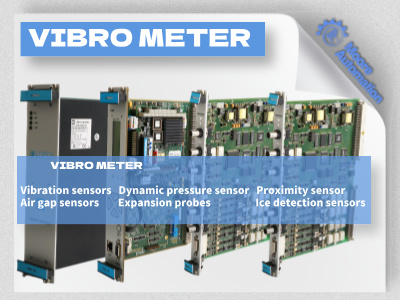
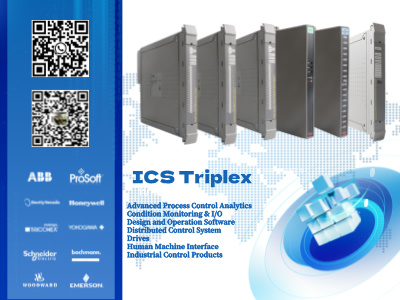
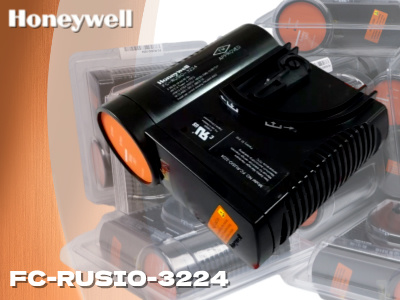

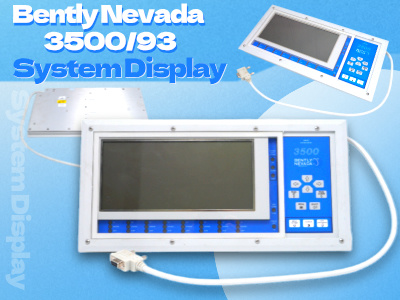
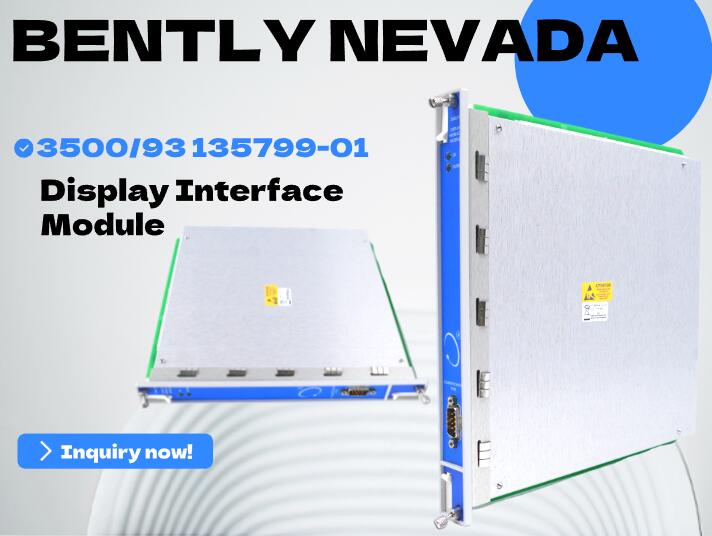
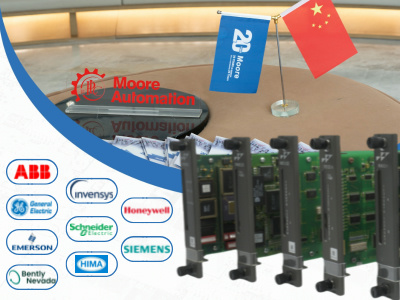
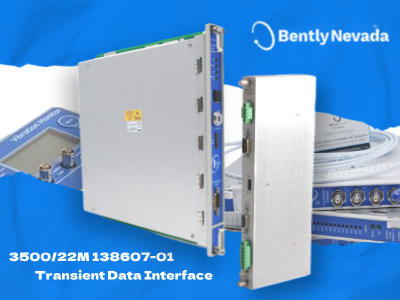
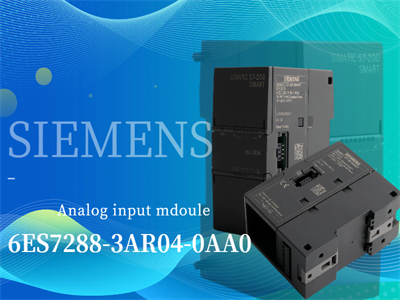
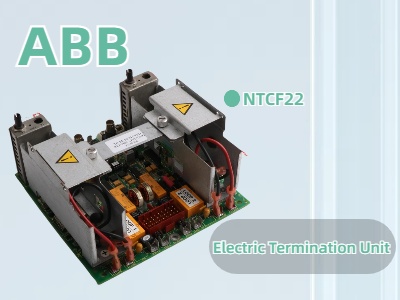
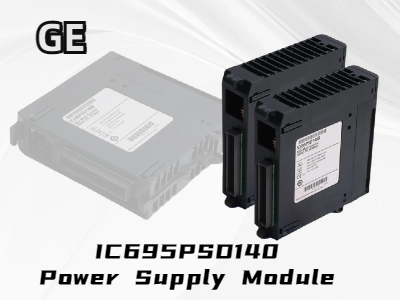

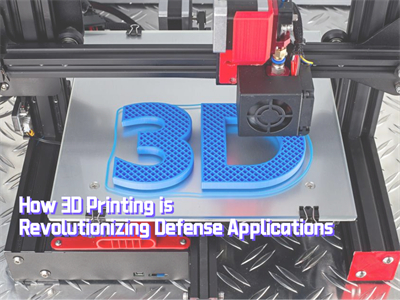
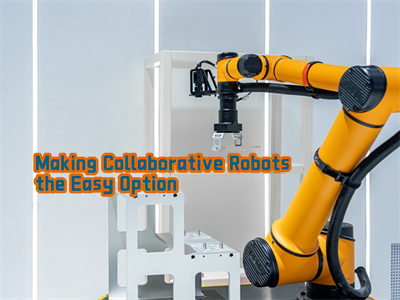










 IPv6 network supported
IPv6 network supported